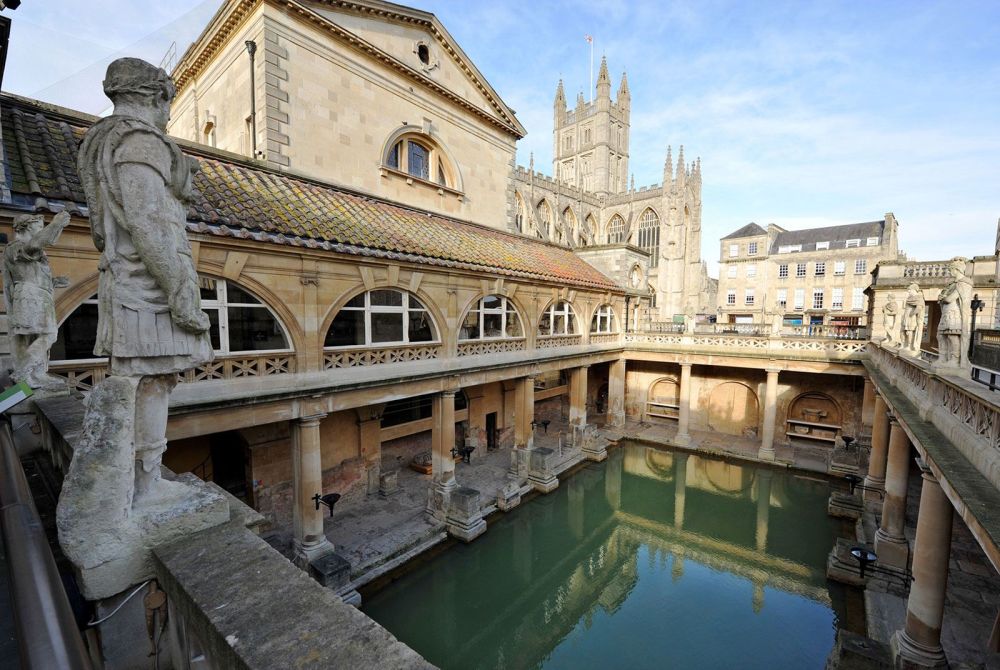

The Roman Baths in Bath is a captivating historical site, rich in ancient heritage and well-preserved ancient architecture. The ideal time to visit the Roman Baths is during the off-peak season, from mid-September to April, when the crowds are thinner, and the atmosphere is more relaxed. This period allows you to explore the site with less hustle and provides a more intimate experience. During these months, the weather can be quite cold and wet, so be sure to pack accordingly with warm waterproof clothing. The advantages of visiting during the off-peak season include shorter queues, more time to roam the site at your leisure, and better opportunities for contemplation and photography. Keep in mind that the Baths also illuminate after dusk, providing a magical and unique view of the ruins, so consider a late afternoon or evening visit.
However, if you prefer the warmth of the British summer, the peak season from May to September offers longer opening hours, and the pleasant weather is conducive for traveling and sightseeing. Keep in mind that this is the busiest time for tourism in Bath, which means that the Roman Baths will be more crowded. It's highly recommended to book your tickets in advance, and consider an early morning visit to avoid the heaviest crowds. Additionally, the summer months offer the unique opportunity to visit the Great Bath by torchlight, making for an enchanting experience and a journey back in time. Regardless of when you visit, the Roman Baths provide a window into the ingenuity of Roman engineering and the richness of their social history.
| Month | Min Temp | Max Temp |
|---|---|---|
| January | 2 °c | 8 °c |
| February | 2 °c | 8 °c |
| March | 3 °c | 10 °c |
| April | 5 °c | 13 °c |
| May | 8 °c | 17 °c |
| June | 11 °c | 20 °c |
| July | 13 °c | 22 °c |
| August | 13 °c | 22 °c |
| September | 11 °c | 19 °c |
| October | 8 °c | 14 °c |
| November | 5 °c | 10 °c |
| December | 3 °c | 8 °c |